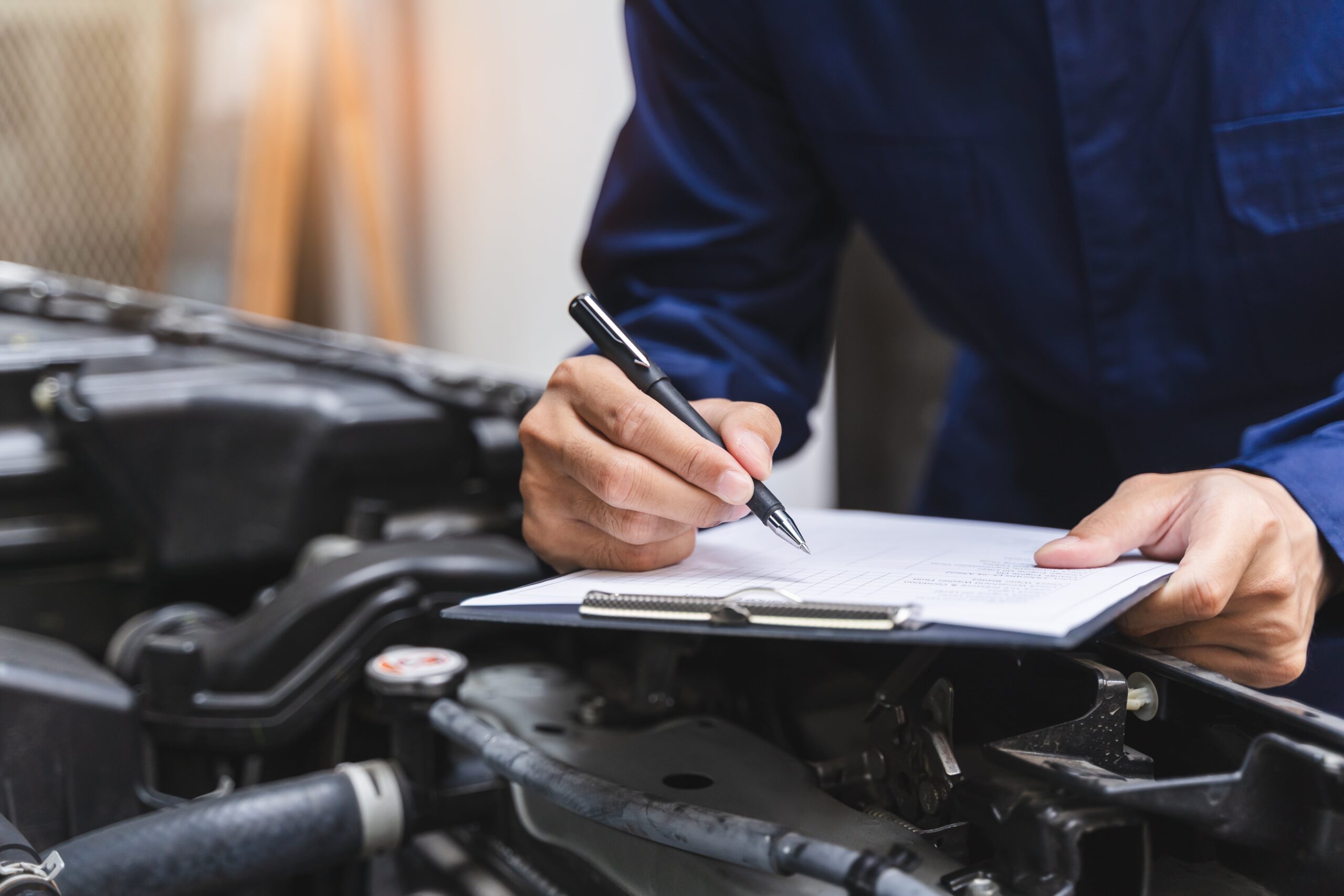When it comes to vehicle maintenance and safety, the windshield plays a crucial role. It provides visibility, structural support, and protection for drivers and passengers. However, windshield damage is a common issue that can significantly impact the outcome of a vehicle inspection. Whether it’s a small chip or a large crack, windshield damage can lead to inspection failure, potential fines, and even increased risks while driving. This article explores how windshield damage affects vehicle inspections, what inspectors look for, and how to ensure your vehicle passes its next evaluation.
Why Vehicle Inspections Matter
Vehicle inspections are conducted to ensure that cars on the road meet safety and environmental standards. The goal is to protect drivers, passengers, and pedestrians from preventable accidents. These inspections often cover a variety of components, including brakes, lights, tires, emissions, and, of course, windshields.
Depending on the state or country, vehicle inspections may be required annually, biannually, or before the sale or registration of a vehicle. Failure to pass an inspection can result in penalties, the inability to renew registration, or even being deemed unfit for the road.
How Windshield Damage Affects Inspections
1. Visibility Issues
One of the main concerns with windshield damage is its impact on visibility. Inspectors check for any obstructions that could prevent a driver from having a clear view of the road. Cracks or chips that are located in the driver’s line of sight are especially problematic and can lead to immediate failure.
For example, if a crack extends across the driver’s field of vision, it can refract light or cause distractions that may impair driving ability. Similarly, if a chip has developed into a larger crack due to temperature changes or road vibrations, it can cause sudden vision obstructions.
2. Structural Integrity and Safety
Windshields contribute to the overall structural integrity of a vehicle. In the event of an accident, a compromised windshield may not provide the necessary support, increasing the risk of roof collapse or improper airbag deployment.
During an inspection, examiners may evaluate whether the windshield damage affects the overall strength of the glass. A significantly cracked windshield can weaken the vehicle’s frame, making it unsafe in the case of a collision.
3. Legal and Regulatory Compliance
Most regions have regulations regarding the extent of allowable windshield damage before a vehicle is deemed unsafe. In some states in the U.S., small chips or cracks that do not obstruct the driver’s view may be permissible. However, larger cracks or damage in specific areas (such as the driver’s side) can lead to inspection failure.
For instance:
-In California, minor windshield damage might not be a cause for failure unless it obstructs vision.
-In Texas, cracks or chips larger than a certain size in the driver’s field of view can result in an inspection failure.
-In New York, significant windshield damage must be repaired before passing an inspection.
It’s important for vehicle owners to be familiar with their local regulations to ensure compliance.
4. Potential for Further Damage
A minor chip may seem insignificant at first, but over time, it can expand into a larger crack due to temperature changes, road vibrations, or additional impacts. Inspectors assess whether existing damage could worsen and pose a future hazard.
In many cases, a small repair can prevent a larger issue down the line. Addressing windshield damage early can save money and prevent inspection failures.
How to Ensure Your Vehicle Passes an Inspection
1. Check Your Windshield Before Inspection
Before taking your vehicle for inspection, conduct a thorough examination of your windshield. Look for chips, cracks, or any signs of weakness. If there is damage, assess whether it is in the driver’s line of sight or has the potential to spread.
2. Get Small Chips Repaired Early
Many small chips can be repaired without needing a full windshield replacement. Auto glass repair services use specialized resin to fill in small chips, preventing them from expanding. This is often a quick and affordable solution.
3. Replace the Windshield If Necessary
If the damage is extensive or located in a critical area, replacing the windshield may be the best option. Many insurance policies cover windshield replacements, so check with your provider to see if you’re eligible for coverage.
4. Understand Your Local Regulations
Since windshield inspection standards vary by region, familiarize yourself with local laws. This will help you determine whether your vehicle is likely to pass or fail before the official inspection takes place.
5. Keep Your Windshield Clean and Clear
Dirt, smudges, and fog can obstruct vision, making minor windshield damage appear worse than it actually is. Regularly clean your windshield inside and out to ensure maximum visibility and prevent potential issues during an inspection.
What to Do If Your Vehicle Fails Due to Windshield Damage
If your vehicle fails an inspection due to windshield damage, you will typically be given a timeframe in which to fix the issue. Here are the steps to take:
(1) Identify the Issue – Review the inspection report to determine the specific reason for failure.
(2) Consult an Auto Glass Specialist – Seek professional advice to determine whether the windshield can be repaired or needs to be replaced.
(3) Schedule a Repair or Replacement – Arrange for the necessary service as soon as possible.
(4) Reinspect Your Vehicle – Once the repair is complete, schedule a reinspection to ensure your vehicle meets safety standards.
Windshield Damage Directly Impacts Your Safety
Windshield damage is not just a cosmetic issue—it has a direct impact on vehicle safety and regulatory compliance. Cracks and chips can impair visibility, weaken structural integrity, and lead to failed vehicle inspections. By staying proactive with windshield maintenance, repairing small chips early, and understanding local regulations, drivers can avoid costly fines and ensure their vehicles remain roadworthy.
If your windshield has sustained damage, consider addressing the issue promptly to maintain safety and pass your next vehicle inspection without hassle. Safe driving starts with a clear view of the road ahead!




